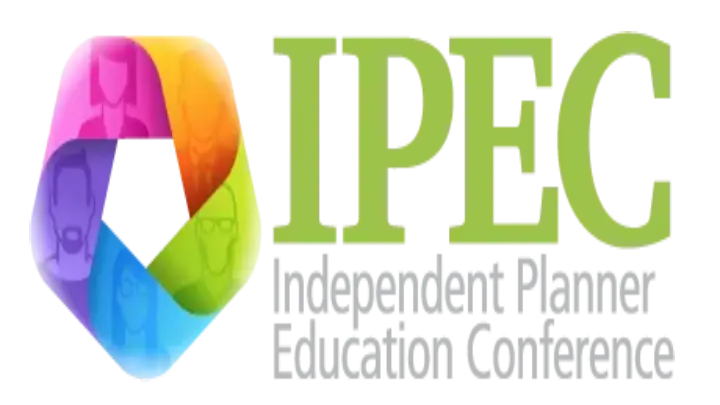The world today is undergoing major changes unseen in a century, which brings great opportunities and challenges to standardization construction. As the foundation of the intelligent society and the engine of the digital economy, the optoelectronic communication industry is a strategic highland for all countries to invest in related technological innovation and standard formulation. In recent years, the rapid development of emerging technologies such as 5G, cloud computing, big data, and the Internet of Things has driven the prosperity of the global optoelectronics industry. In particular, Chinese optical module companies have already occupied half of the global optical transceiver field. However, while the volume of the industry continues to grow, we also need to be soberly and comprehensively aware that the distribution of the global optoelectronic industry and standards is not balanced. Due to historical reasons, the main standard organizations in the field of optoelectronics are distributed in North America, but in the new era, Europe, Asia, and especially China, has also invested heavily in the field of advanced optoelectronics and achieved many research results. While being recognized by the industry, it also hopes to contribute to international standards and promote the coordinated development of the global optoelectronic industry. In such an era of redefining the new order of international economy, trade and science and technology, it is necessary for the industry to think innovatively and explore and establish new ideas, concepts and paths.
Focusing on the field of optoelectronics, especially driven by the different demands of data centers and operators, industry standards and ecological fragmentation are relatively serious, and there is a lack of overall planning. Only by establishing a centralized, open and transparent standards organization can the fairness and integrity of standards in the optoelectronic field be guaranteed. Fairness and better support for the long-term healthy development of the optoelectronic industry. At the Shenzhen Optical Expo held in October 2020, the IPEC International Photonics & Electronics Committee (International Photonics & Electronics Committee) was formally established, registered in Geneva, Switzerland. The founding members include China Academy of Information and Communications Technology, China Telecom, Meituan, Huawei, Fiberhome, Source, Hisense, Borch Technology, CIG (Cambridge Industries Group), Yihua, FOC (Fujitsu Optical Components), Huagong Zhengyuan, Yamaichi 13 member units.
IPEC was born in a special period, and is committed to promoting the independence and openness of the international optoelectronic standard environment. It has achieved initial results and has established a collaborative relationship with standardization organizations in the industry; and in the new historical period, IPEC will follow With the advent of the new era and new environment, it will continue to develop and grow: on the one hand, it will deeply cultivate the cutting-edge technologies in the field of optoelectronics, and lead the technological innovation and development in the fields of chip output (OIO/CPO), silicon photonics and optical devices, etc., to achieve technological advancement; on the other hand On the one hand, at the time when the optoelectronic industry is booming, IPEC gathers industrial forces to jointly promote a healthy environment for the coordinated development of domestic and international optoelectronic standards and industrial chains.
As a non-profit international standard organization, the IPEC International Optoelectronics Committee is established for the value of the optoelectronic industry to establish a unified communication platform, and to jointly increase international influence through industry-driven technology and standard development. IPEC has unique value for the business development of operators, OTT service providers, system equipment vendors and upstream optoelectronic suppliers, and can better understand the global optoelectronic technology and industry trends, including the evolution of regional data center networks in North America/Europe trends, fully interact with the industry, and promote the commercial success of the entire industry chain.

